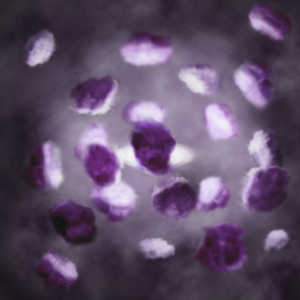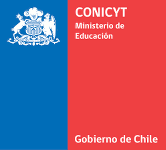2nd Announcement
For the past 30 years, a toroidal structure in the equatorial plane around active galactic nuclei (AGN), the so-called dusty and molecular torus, has been considered a cornerstone of unified schemes of quasars and Seyfert galaxies. However, this picture has recently been challenged through high spatial resolution infrared observations by the discovery of polar elongated dust structures, rather than doughnut shaped distributions. Similarly, recent spatially unresolved X-ray observations have provided critical new insights into the toroidal obscurer and scatterer, potentially requiring a reinterpretation of long-established concepts. The first ALMA observations, for their part, have led to contradicting interpretations: either the submm emission is indeed dominated by a rotating torus structure, or it is dominated by an outflow, which would be more compatible with the elongated dust shapes seen in the infrared. Together with a dramatic increase in computational power, these observations have triggered a renaissance in modelling of the nuclear material, with models for the first time trying to not only explain the SEDs but also the spatial distribution of the dusty and molecular material. Further observational results are expected to revolutionise this picture in the coming years through the increased spatial resolution and sensitivity of ALMA and JWST, as well as the new generation of high-resolution X-ray spectrometers such as XARM.
Continuing the long tradition of international TORUS workshops, we announce TORUS2018 in Puerto Varas, Chile, to investigate the many faces of AGN obscuration. Considering the new theoretical and observational work carried out across the electromagnetic spectrum, the scientific goal of the workshop is to critically assess and challenge our current "common knowledge" and "widely accepted" torus picture. What do we really know for sure? What do we only think we know? And what is it that we do not know?
More information about the meeting can be found at: http://www.torus2018.org.
Conference dates: December 10-14, 2018
Abstract submission deadline: Aug 1, 2018 (opens July 1)
Main scientific topics: Torus structure, composition, and parameter space; inflow, outflow, and internal dynamics; reprocessing; variability; interplay between accretion disk and host environment; evolution.
Financial support:Thanks to funding support from NRAO, Millennium Institute of Astrophysics (MAS), CONICYT Programa de Astronomia (proyecto ALMA 31170012), and ESO Comite Mixto (ORP 048-17), we are able to offer some financial support for students and early researchers who will present a contribution at the workshop. We especially encourage students from South America to make use of this possibilty. Please use the “Comments / Special Requirements” section of the registration form, to ask for such support.
Invited and targeted speakers (confirmed so far): Triana Almeyda • Jim Braatz • C-H. Edwin Chan • Ric Davies • Anton Dorodnitsyn • Jack Gallimore • Santiago Garcia-Burillo • Jenny Greene • Julian Krolik • Stephanie Lamassa • Claudio Ricci • Marko Stalevski • Bastian Vollmer • Keiichi Wada
Scientific Organising Committee: Almudena Alonso Herrero • Patricia Arevalo • Franz Bauer (Co-chair) • Francoise Combes • Sebastian Hoenig • Violette Impellizzeri (Co-chair) • Makoto Kishimoto • Julian Krolik • Nancy Levenson • Paulina Lira • Chris Packham • Konrad Tristram (Co-chair) • Thaisa Storchi Bergmann





